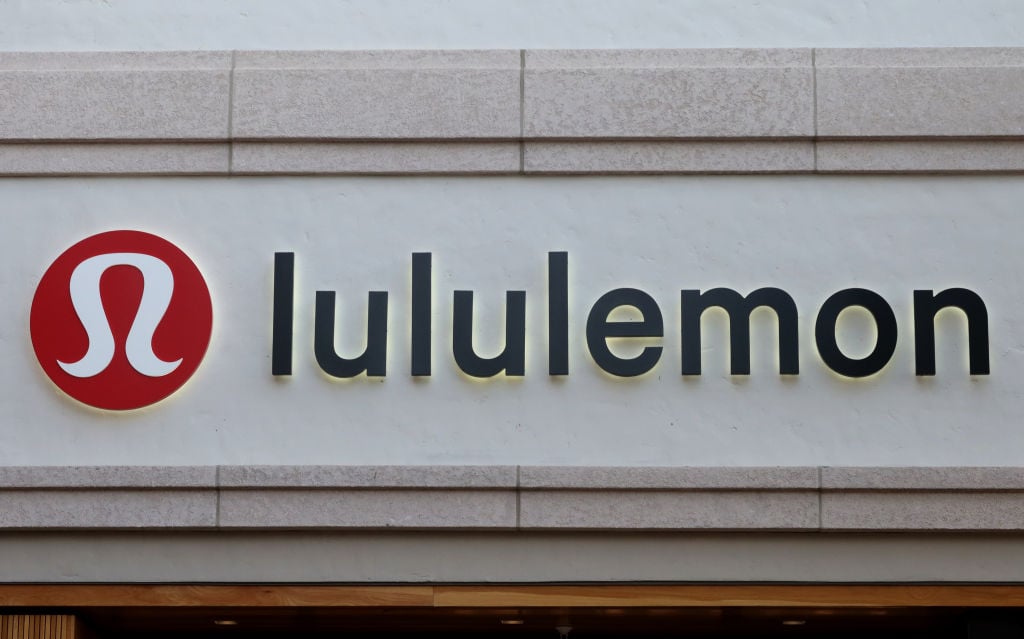Fashion companies lululemon athletica (LULU 0.68%) and Canada Goose (GOOS +0.55%) have been on a tear over the last couple of years. Lululemon has more than doubled in the last three years, and Canada Goose has doubled twice since going public in early 2017 -- both propped up by double-digit sales growth as consumers around the globe flock to the two Canadian clothing outfits.
Lululemon has been getting a boost from the athleisure movement (athletic-inspired clothing for everyday use) as well as new product rollouts like clothing for men and outerwear. As for Canada Goose, its combination of extreme weather coats and high fashion has also been winning customers over. After such rapid growth, though, both stocks are trading at a steep premium.
Check out the latest earnings call transcripts for lululemon athletica and other companies we cover.
|
Metric |
Lululemon Athletica |
Canada Goose |
|---|---|---|
|
Revenue |
$2.12 billion |
$674 million |
|
YOY revenue growth |
23% |
45% |
|
Operating profit margin |
17.7% |
27.4% |
|
TTM price-to-earnings ratio |
51.7 |
54.0 |
|
Forward price-to-earnings ratio |
33.4 |
53.2 |
|
Price to free cash flow |
42.5 |
98.5 |
2018 fiscal year to date. YOY = year over year. TTM = trailing 12 months. Lululemon nine months ended Oct. 28, 2018. Canada Goose nine months ended Dec. 31, 2018. Data source: Lululemon Athletica, Canada Goose, and YCharts.
Yoga pants and so much more
While Lululemon started out making yoga pants, it has expanded into other types of clothing over the years. Now a full-blown fashion company for women and men, sales have been doing well. Shoppers interest in athletic-inspired clothing hasn't been the only benefit for Lululemon; the company has also been promoting its website and direct-to-consumer sales channels. The result? Profit margins have also been on the rise, up to 17.7% in the last year compared to 11.6% in 2017.

Image source: Getty Images.
Earnings per share have boomed 93% over that same period, getting an additional lift from share repurchases in the last year. Based on management's preliminary report for the fourth quarter of 2018, the positive trend looks poised to keep going. Year-over-year sales are expected to rise another 23%, and earnings at least another 95%. The bottom-line rate will likely ease headed into 2019, but higher sales should continue to lift results higher. That's reflected in forward price to earnings 35% lower than the trailing-12-month figure. Paying for 33 years' worth of expected profits is a steep price, but given Lululemon's momentum, it's not a totally unreasonable amount.
Stylish outerwear for almost anywhere
Canada Goose manufactures coats for extreme cold and weather, having gotten its start as a maker of gear for Arctic and Antarctic adventurers. More recently, its products have found a place in high fashion, supercharging results. So far in the company's 2018 fiscal year (the first three quarters closed at the end of the 2018 calendar year), sales are up 45%, including a 50% advance during the holiday shopping season. Much like lululemon, Canada Goose has been growing its direct-to-consumer sales, including its website and physical stores.

Image source: Canada Goose.
As a much smaller concern, though, Canada Goose has been spending a lot of money to build out its footprint. Operating expenses grew 56% to $217 million so far in the current fiscal year. Nevertheless, earnings have still increased 52%. Forward price to earnings is at a steep 53.2, though, and the outerwear company is projecting a slowdown -- mid-to-high 30% growth in the fourth quarter and mid-to-high teens in 2019. Double-digit growth is great news, but given the forecast cool-off, the bottom line might be too small to support the stock's huge advance.
Are these Canadian clothiers buys?
Lululemon and Canada Goose are growing by leaps and bounds, and it's hard to completely ignore the momentum in sales both companies are riding. High valuations on the stocks, however, should give most investors pause before jumping aboard. Granted, both are forgoing some bottom-line return in order to foster more top-line expansion, but fashion is a fickle and competitive industry. Growth could slow down fast.
Thus, I think Lululemon is the better buy right now. Forward price to earnings has shares valued much lower than those of Canada Goose, and earnings are growing at a faster rate. However, I don't see enough competitive advantage to get too excited. With the stock doubling over the last couple years and stretching valuation thin, I'm steering clear for the time being.







